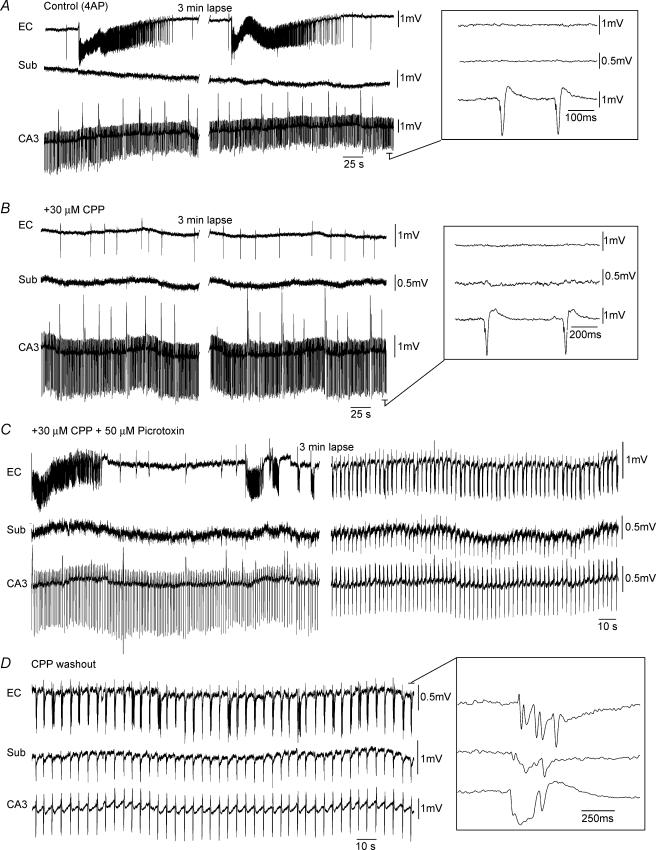Figure 4. NMDA receptors do not contribute to picrotoxin-induced synchronicity in a functionally disconnected slice.
A, simultaneous field potential recordings in EC, subiculum (Sub) and CA3 showing that interictal discharges initiating in CA3 do not propagate to the EC where activity is characterized by robust ictal discharges. Note that in this slice no field activity was recorded in the subiculum. B, bath application of high concentrations of the NMDA-receptor antagonist CPP results in the loss of EC-driven ictal events. C, subsequent application of picrotoxin results in an initial ictal discharge in EC that is followed by a pattern of interictal discharge in all limbic structures. D, CPP washout causes a prolongation of the interictal events and a slow down in their frequency of occurrence. These discharges continue to initiate in CA3 and propagate sequentially to the subiculum and EC (inset).

